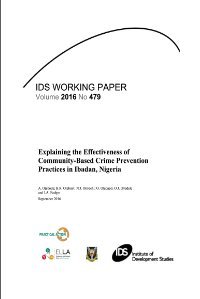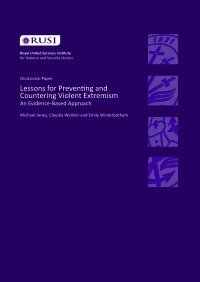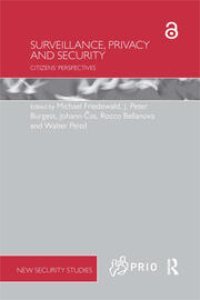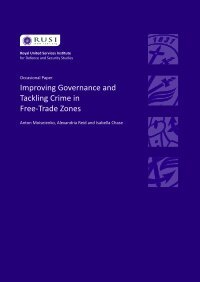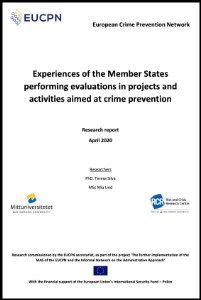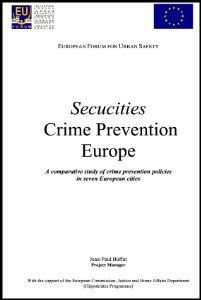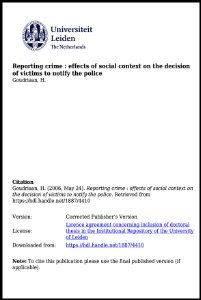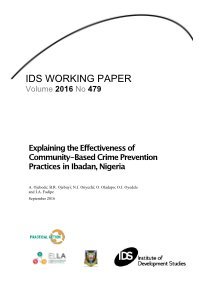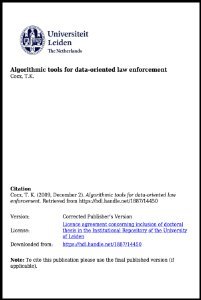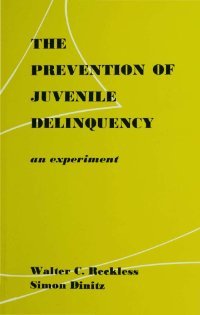By Joseph. P. Chris Charley and Freida Ibiduni McCormack.
The Sierra Leone Police Force has its origins in the British colonial administration of the country. After Independence and with the consolidation of one-party rule the force slid into disrepute. The outbreak of civil conflict in 1991 largely decimated the force but the gradual restoration of peace provided an opportunity for police reform. This research report covers the aspects of the political and institutional environment that helped engender change, as well as constraints faced by the reform agenda. It considers how the officers actually carried out the task at hand, and shares lessons as to what reform tactics worked and which were less successful. While several challenges remain, the reform programme, centred around local needs policing has been largely successful, hinging on – among other factors – the appointment of a British Inspector General of Police, perceived to be neutral and above political machinations, supported by a core of reform minded officers; long-term external technical and financial assistance; and a conducive political environment for change.
Brighton, UK: Institute of Development Studies, 2011. 48p.



